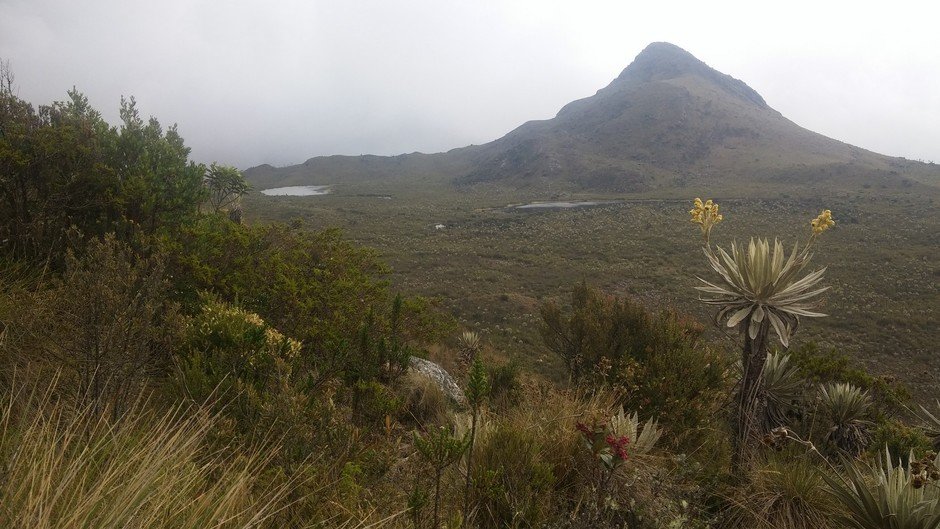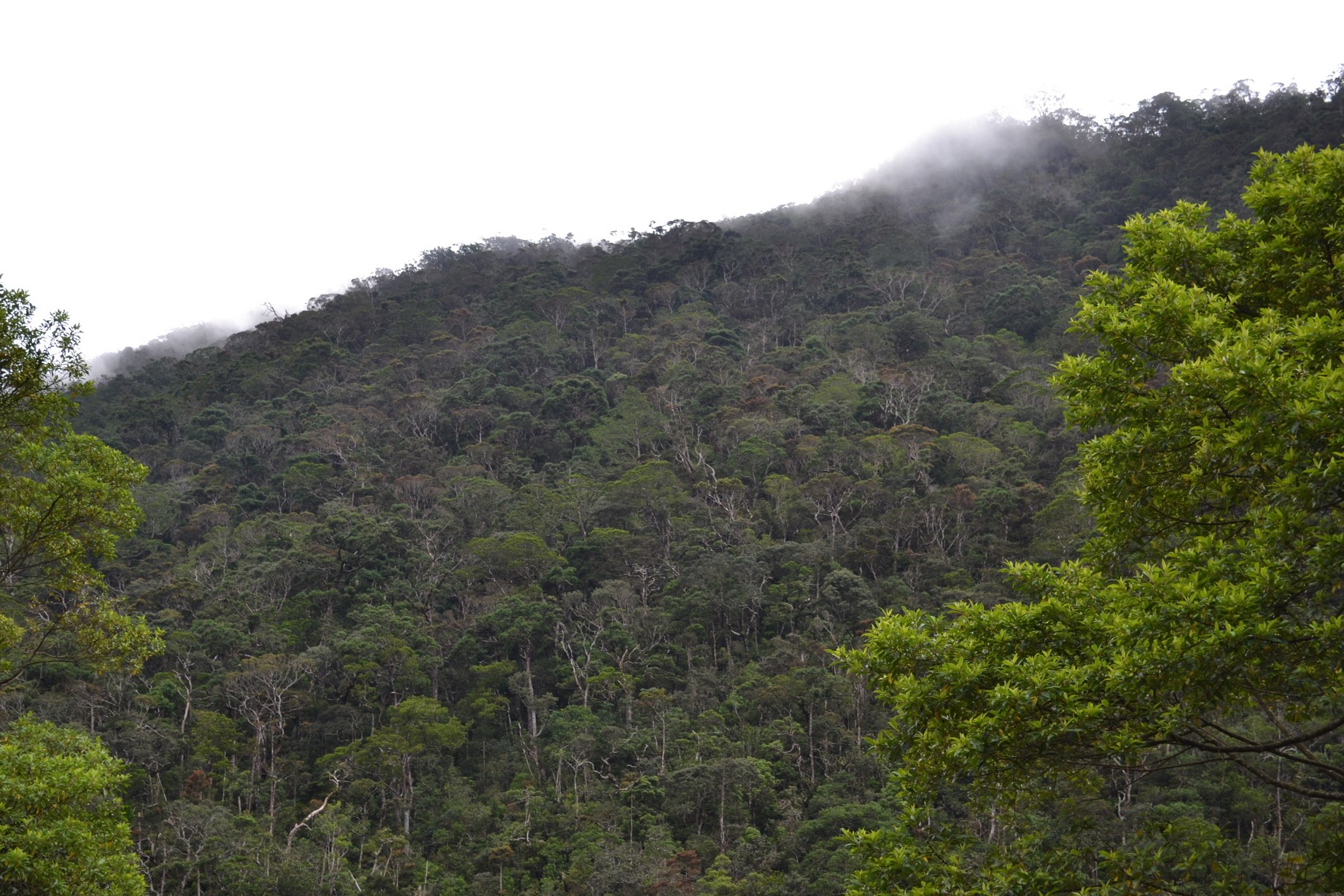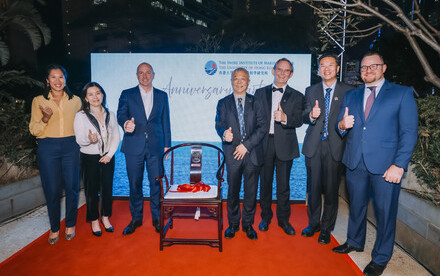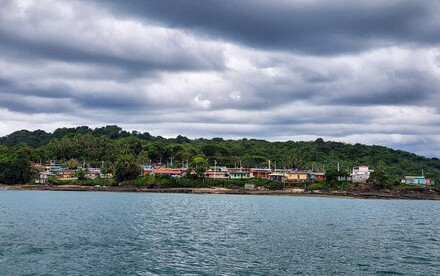04 Apr 2018
HKU postgraduate discovers important interaction between land-use and climate change in driving species distribution shifts

Vegetation along elevation in the Paramo in Colombia (Photo courtesy: Jonathan Lenoir)
Climate change is altering where species live all over the planet. With global warming, species are moving towards the poles and up elevation where temperature is lower. However, along with global climate change, the world is also experiencing massive changes in land-use which may also impact where species live. Could both of these forces be influencing current changes in species distributions?
Fengyi Guo, an MPhil student in the School of Biological Sciences at The University of Hong Kong (HKU), decided to explore this question with her adviser Dr Timothy Bonebrake (HKU) and Dr Jonathan Lenoir, a Junior Research Scientist at the National Center for Scientific Research (CNRS) in France. Their findings, recently published in Nature Communications, highlight the importance of land-use change, which interacts with climate change to drive species distribution shifts along elevation. By re-analyzing data on 2,798 elevational range shifts of plants and animals across 43 sites globally they found that species shifts tend to be constrained by surrounding forest cover. In cooler regions of the world, species shift at lower rates with increasing forest loss. Conversely, in warmer regions like the tropics, the shift rate is accelerated with intensive deforestation.
The results of this research have several implications for unde rstanding global change impacts on biodiversity. An emphasis on climate change for understanding h ow species change their distributions has been important in recent years but must be understood in the co ntext of land-use change as well. Additionally, the results show that tropical species may be esp ecially vulnerable to the dual effects of climate and land-use changes. Finally, how species respond to both habi tat loss and changing climates should be considered carefully for effective conservation and management of biodiversity.
Increasing documentation of evidence for species redistribution under climate change in recent years made this research possible. “While the importance of land-use change for climate-driven species shifts has long been recognized, how land-use change is important or to what extent it affects species redistribution was never fully appreciated” noted Miss Guo. “Most of the studies we reviewed in this work stated that land-use remained unchanged over time while the data suggested otherwise and our results showed that these changes may have important implications.”
Dr Bonebrake added further that “this work also sheds light on possible climate change impacts on the species of Hong Kong – while warming may be causing species to shift their distributions here, both forest recovery in country parks and forest loss from development in recent decades may hinder our ability to detect changes as species distributions shifts will be a consequence o f multiple interacting human impacts”.
Overall the research emphasizes how species must contend with multiple human impacts on the natural world. While some species may be able to move (and do move) in response to climate change and/or land- use change, others may not. Those species that are unable to re spond effectively to warming or habitat loss face a high risk of extinction.

Tropical forests up the slope of Mt. Kinabalu in Malaysia (right: photo by Marie Kobler).

Fengyi Guo led the research on land-use and climate change impacts on elevational species redistribution (photo courtesy: Jiayue Zhang)
Link of article at Nature Communications :
www.nature.com/articles/s41467-018-03786-9
More on the Global Change and Tropical Conservation Laboratory led by Dr Bonebrake:
http://web.hku.hk/~tbone/







